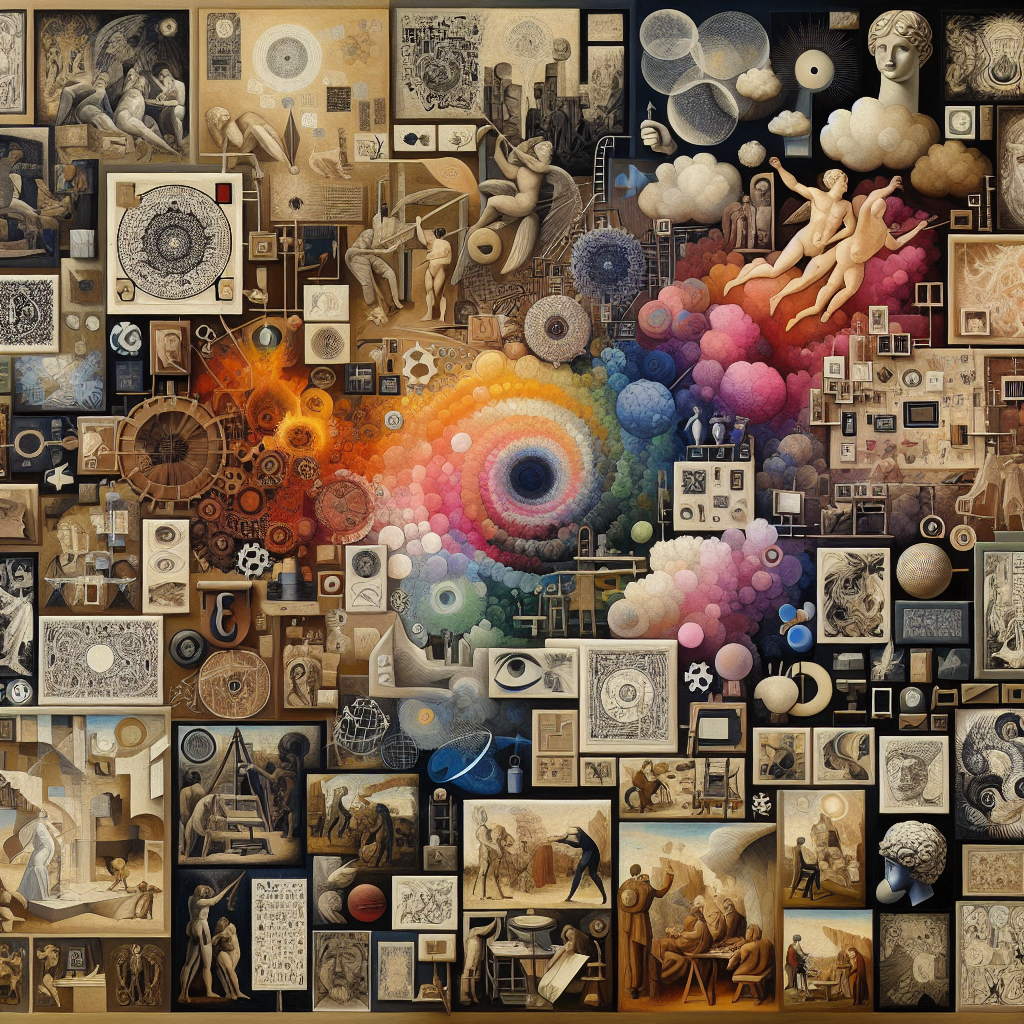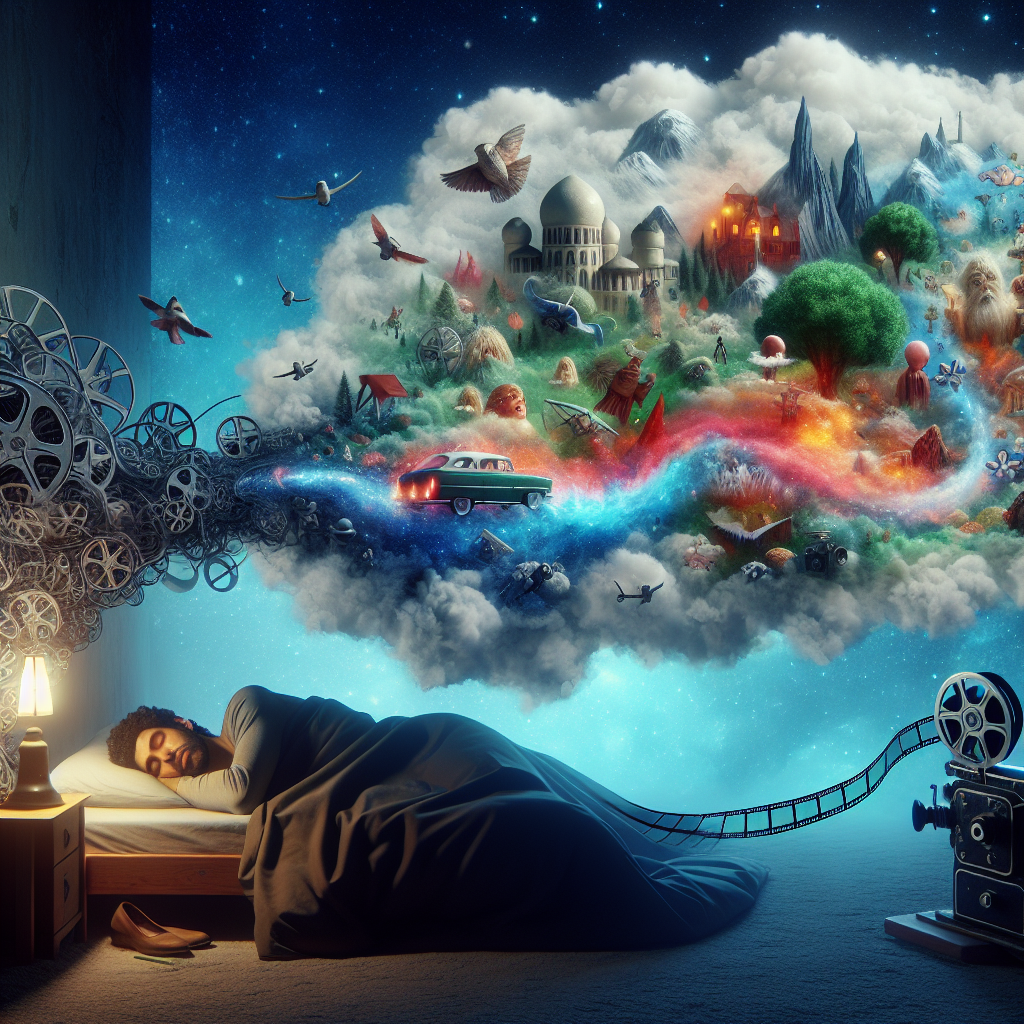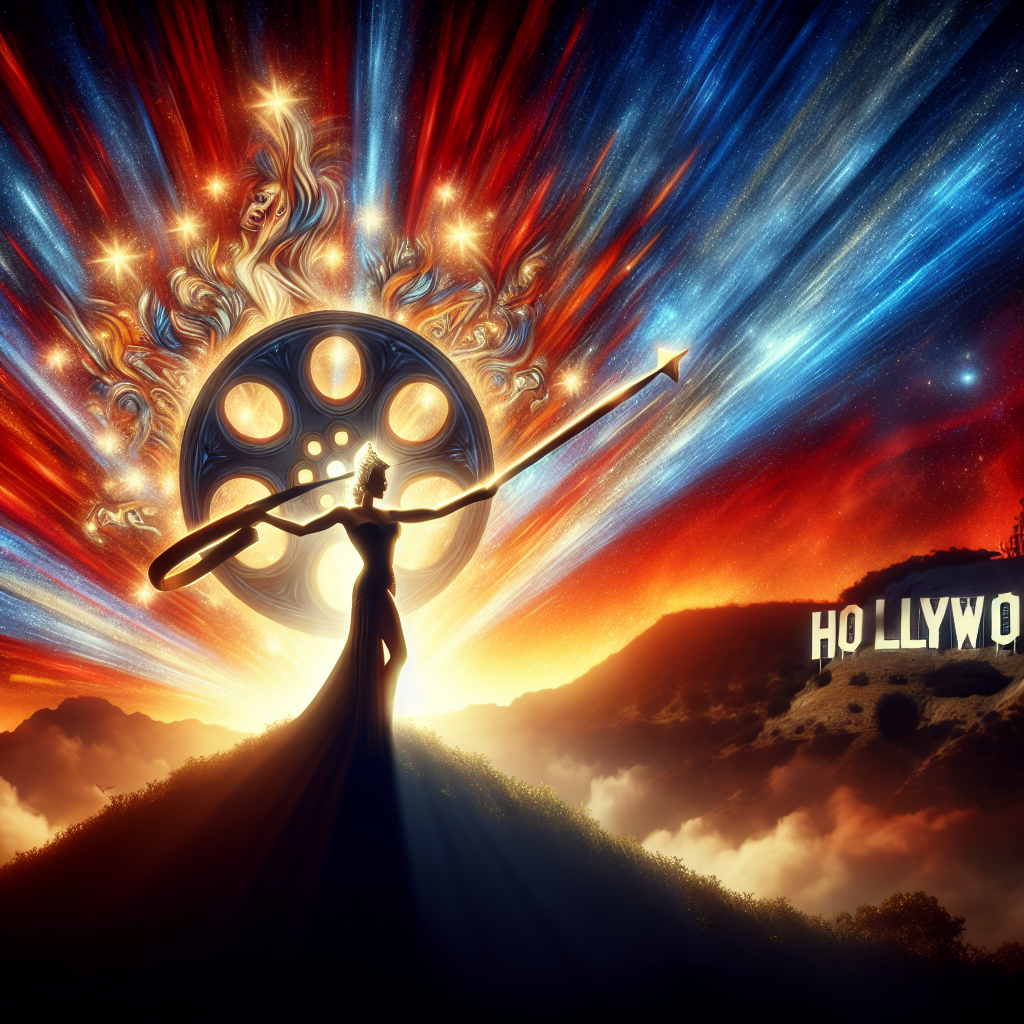It might sound paradoxical, but censorship—so often seen as art’s greatest enemy—has also been one of its most powerful muses. Throughout history, when artists were silenced, restricted, or threatened, they didn’t simply stop creating. They adapted. They disguised their messages, invented new symbols, and spoke through metaphor and subtlety. The result? Some of the most innovative, emotionally charged, and enduring works of art ever made.
Take, for example, the Renaissance—an age of tremendous creativity that flourished under the watchful eye of both Church and State. Artists like Michelangelo and Leonardo da Vinci often walked a thin line between devotion and rebellion. When Michelangelo painted the Last Judgment on the Sistine Chapel ceiling, critics deemed his depiction of nude figures indecent. The Church later hired another painter to cover the genitals with drapery—what history now remembers as “the fig-leaf campaign.” Yet, those same frescoes, born under constraint, became icons of human beauty and divine tension, precisely because Michelangelo dared to push against those limits.
In literature, censorship has long been a catalyst for coded creativity. Under the iron rule of Tsarist Russia, writers like Nikolai Gogol and later Mikhail Bulgakov developed complex allegories to express political dissent. Bulgakov’s The Master and Margarita, written under Stalin’s regime, cloaked its critique of Soviet authoritarianism in supernatural fantasy and dark humor. Its very survival depended on its ambiguity, and that ambiguity turned it into one of the greatest novels of the 20th century.
Censorship also fueled the rise of entire artistic movements. In 20th-century Europe, the surrealists used dreams and the subconscious to bypass the rationality that authoritarian governments tried to impose. Under Franco’s Spain or Mussolini’s Italy, painters and filmmakers embedded subversive ideas in layers of symbolism. Even in Hollywood, the infamous “Hays Code” of the 1930s, which dictated moral standards in film, forced directors to become masters of implication. Alfred Hitchcock’s Notorious managed to include one of the longest kisses in cinema history by cleverly interrupting it every three seconds to stay within the Code’s limits—a brilliant example of how restriction can breed ingenuity.
Music, too, has thrived under censorship. Soviet composer Dmitri Shostakovich lived in constant fear of being denounced by Stalin’s regime. When his opera Lady Macbeth of Mtsensk was banned for being “formalist,” he began encoding political messages in his symphonies through subtle musical motifs. His Fifth Symphony, officially described as “a Soviet artist’s reply to just criticism,” was in truth a quiet act of defiance—its triumphant finale, many believe, a sarcastic imitation of forced celebration.
Even in modern times, censorship continues to shape art in unexpected ways. Street artists in authoritarian states use graffiti not just as rebellion but as survival. In China, artists like Ai Weiwei have turned government censorship into part of their work’s meaning—using satire, repetition, and absence itself to draw attention to what cannot be said. Online, where algorithms and state monitors replace inquisitors, the coded meme has become a new form of resistance, carrying political critique disguised as humor or trend.
What makes these works so powerful isn’t just their beauty—it’s the tension they carry. When truth can’t be spoken directly, it gains a kind of electricity. The audience becomes part of the decoding process, finding meaning between the lines, colors, or notes. This shared secrecy creates an intimacy between artist and viewer that open expression rarely achieves.
Of course, censorship silences countless voices that might otherwise have changed the world. But paradoxically, it also proves something fundamental about the nature of art: creativity doesn’t vanish under pressure—it adapts. It finds cracks in the wall and speaks through them. The history of art is, in many ways, the history of people finding ingenious ways to say what they were told not to say.
Perhaps that’s the hidden lesson: censorship can try to dictate what art is allowed to be, but art will always find a way to outsmart it—and sometimes, in doing so, it becomes even greater.



